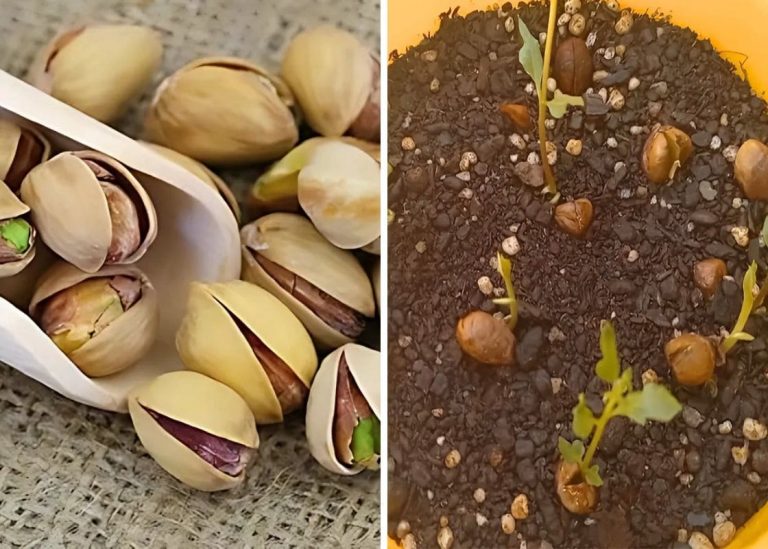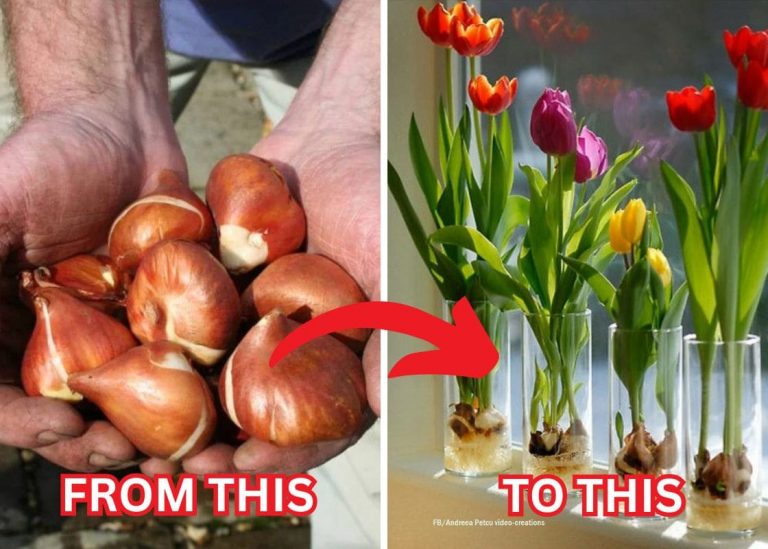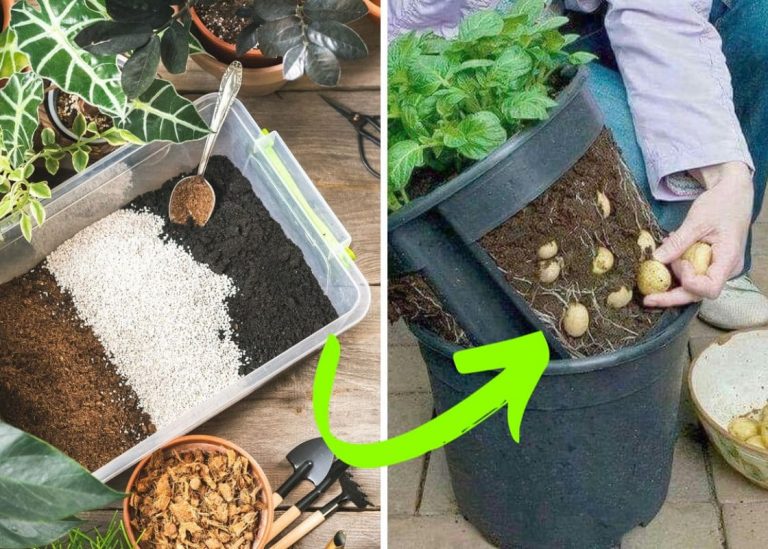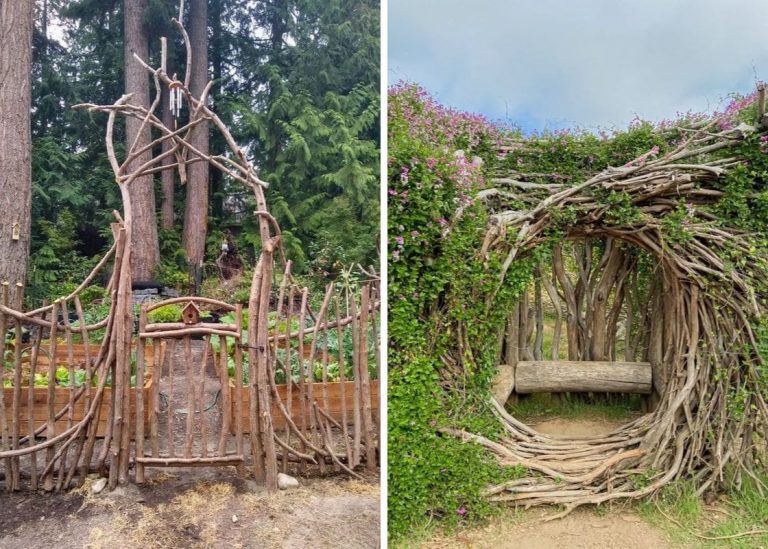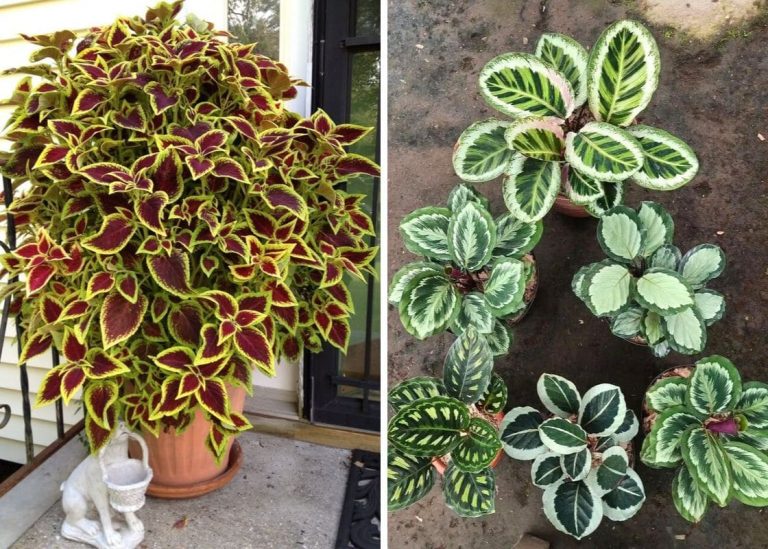Garden Whispers: The Secret Lives of Night-Blooming Flowers
There’s a particular kind of quiet that settles over the garden just as the last bit of daylight slips behind the trees. I used to think the show was over by then—that the bees had gone home, the blooms had curled in, and it was time to say goodnight to the garden. But one summer evening, while closing the windows, I caught a glimpse of something glowing. I stepped out barefoot onto the grass, and there it was—my moonflower, unfurling itself like a secret being shared only with the dark.
That was the night I fell in love with night-blooming flowers. And ever since, I’ve been planting for dusk as much as for day. These quiet performers don’t compete for attention—they wait until the world softens. Until the garden hum fades. Until the stars lean closer.
If you’ve never wandered your garden after sunset, you’re missing an entire world of movement, scent, and beauty. Let’s explore the flowers that bloom under the moon and discover how you can bring that nighttime magic to life in your own garden.
Evening Primrose: The Blush That Blooms at Dusk
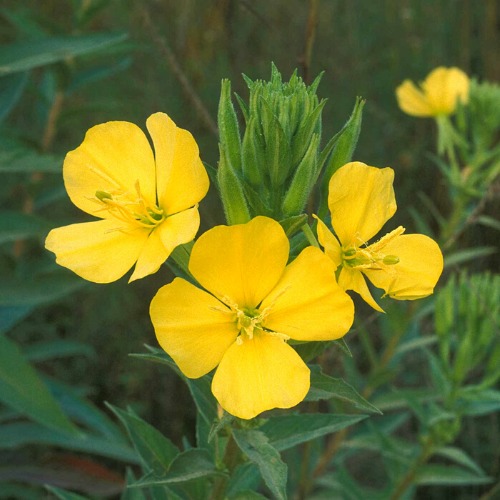
The first time I saw an evening primrose open was during a late summer walk with my neighbor June. She’d insisted we slow down to watch something “marvelous.” And we did—standing still, barely breathing—as one yellow blossom slowly twisted itself open in the fading light.
Evening primrose (Oenothera biennis) is a modest-looking plant by day, but come twilight, its buttery-yellow petals burst open. The fragrance is soft, sweet, almost like honey.
- Where it grows best: Full sun, well-drained soil
- Why to love it: It attracts moths, fireflies, and nighttime pollinators
Tip from my friend: She grows hers in the front corner so she can watch them from her porch swing just after dinner
Moonflower: The Vine That Glows in the Dark
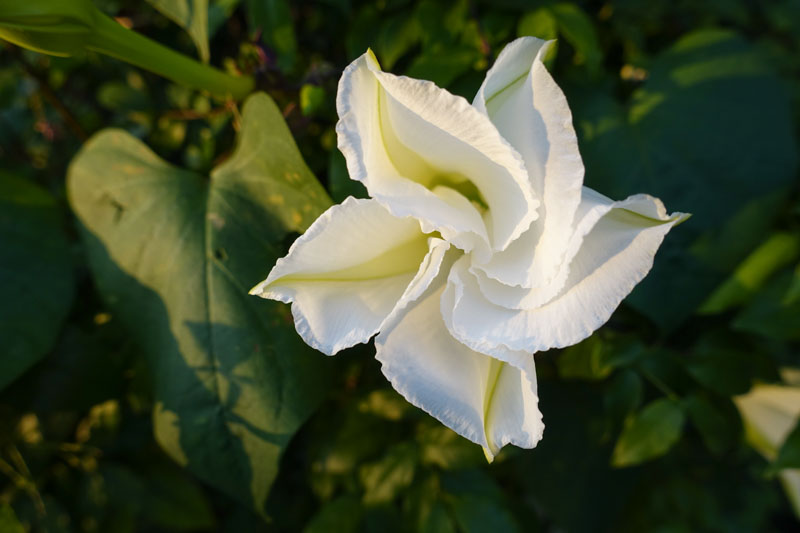
Moonflowers feel like something out of a fairytale. Huge white blossoms, the size of my palm, open just as night falls—and if you’re lucky, you might catch them mid-unfurl. It’s almost ceremonial.
I grew mine along the fence last year, and every evening, the kids would race to see whose bloom opened first. Their fragrance? Deep, clean, and soothing.
- Grow it from seed: Soak seeds overnight and plant after frost
- Perfect spot: Against a trellis, fence, or garden arch
- Advice: Don’t forget to give it room—it’s a climber with big dreams
Night Phlox: The Star That Smells Like Vanilla
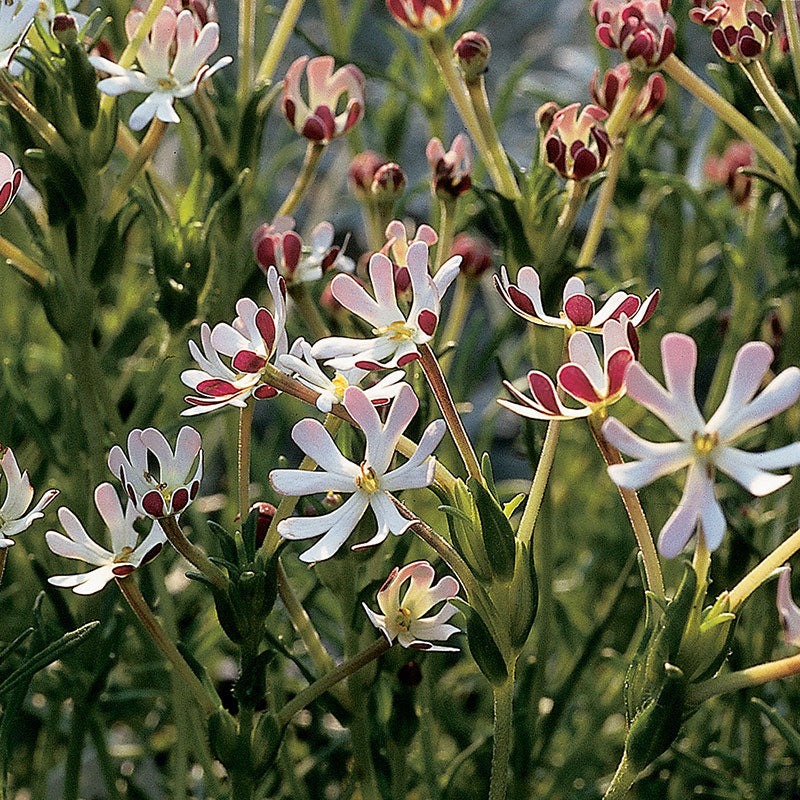
A friend from Vermont introduced me to night phlox, or “midnight candy” as she calls it. It doesn’t look like much during the day—just little star-shaped flowers. But at night? The air turns sugary, like someone’s baking cookies nearby.
Night phlox (Zaluzianskya capensis) is one of the most underrated night bloomers. I tuck it between lavender and rosemary, where its scent can surprise me on a breeze.
- Grows well in: Containers, borders, and rock gardens
- Flower color: Purplish with white centers
- Why it’s special: It stays low, so it’s perfect near benches or walkways
Four O’Clocks: The Flower with Its Own Schedule
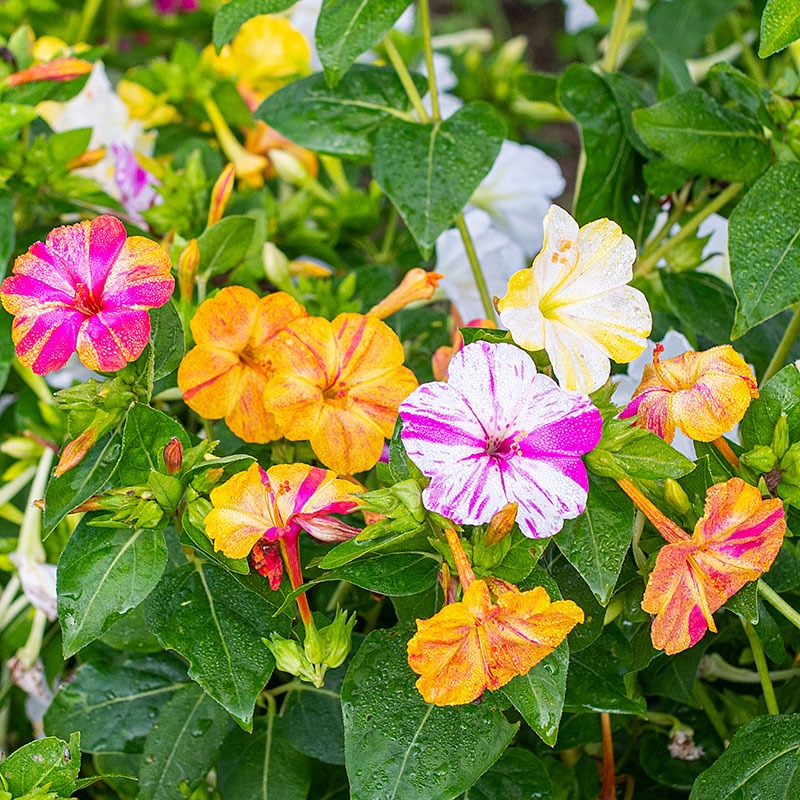
I got a pack of four o’clock seeds in a swap and almost forgot about them. They popped up mid-summer, looking rather plain—until 4 PM hit. That’s when the party started.
These blooms are colorful, cheerful, and absolutely dependable. My gardening friend Carla mixes them with white cosmos for a twilight bouquet effect.
- Bonus: You get two colors on one plant sometimes!
- Pro Tip: Save the black seeds—they reseed easily
- Perfect for: Front yard borders or tucked against garden walls
Datura: The Ghostly Trumpet
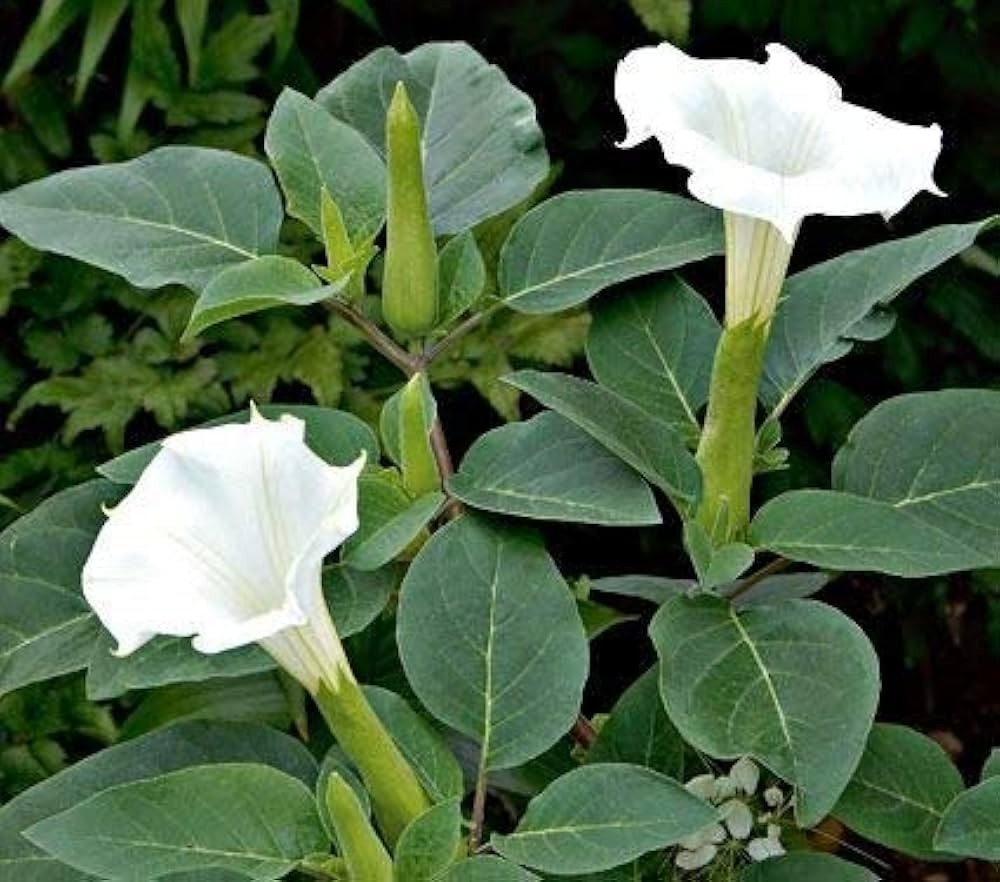
A little warning here—datura is stunning, but toxic, so plant it where pets and children won’t nibble. That said, its ghost-white trumpet flowers are breathtaking against a dark sky. It blooms large and bold, like a statement piece in your moonlit garden.
A woman in our local garden club grows hers in a raised bed and says it feels like her backyard hosts a secret symphony every night.
- Soil: Loose and well-drained
- Use: Drama for your dusk hours
- Advice: Handle with care, but admire with awe
Tuberose: The Scent You’ll Never Forget
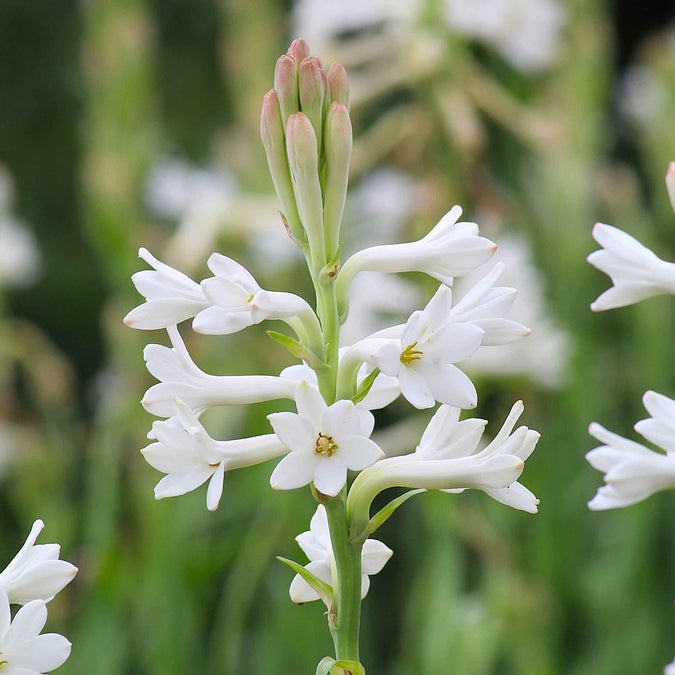
If you’re planting for fragrance, let me gently steer you toward tuberose. I planted mine in a pot near the back door one summer—and now I can’t go without it.
Its creamy blossoms rise like candles and release a scent that’s dreamy, exotic, almost like jasmine but more grounded.
- Grow it in: Pots for easy relocation near seating areas
- Light needs: Full sun
- Best memory: I gifted a bulb to a friend and she called me months later to say her patio had never felt so romantic
Building Your Own Night Garden
Creating a night garden isn’t about building something from scratch. It’s about layering in textures, fragrances, and surprises that only reveal themselves under moonlight. Here are a few heartfelt tips I’ve learned (and sometimes learned the hard way):
- Keep scent close: Plant fragrant night bloomers near windows, walkways, and benches
- Mix heights: Let vines climb and tuck low bloomers near footpaths
- Use light intentionally: A few solar lanterns or fairy lights go a long way in setting a dreamy mood
- Make it yours: Add wind chimes, a quiet bench, or even a hammock—this is your evening escape
Final Thoughts: Let the Garden Speak After Dark
Gardens don’t sleep when the sun goes down. They shift. They soften. They whisper.
In planting for the night, I’ve found a quieter kind of beauty—a world that asks for less noise and offers more wonder. Whether it’s the soft sigh of an evening primrose or the warm scent of a tuberose drifting through the dark, night-blooming flowers teach us to slow down, to linger, to savor.
If you’ve never watched your garden bloom by moonlight, I hope this is the year you try. Start with one plant. One story. One evening out under the stars.
And when you do, come back and tell me what you saw.
What blooms for you after dark? Share your favorite night-bloomers or your own dusk garden moments—I’d love to hear your story.

